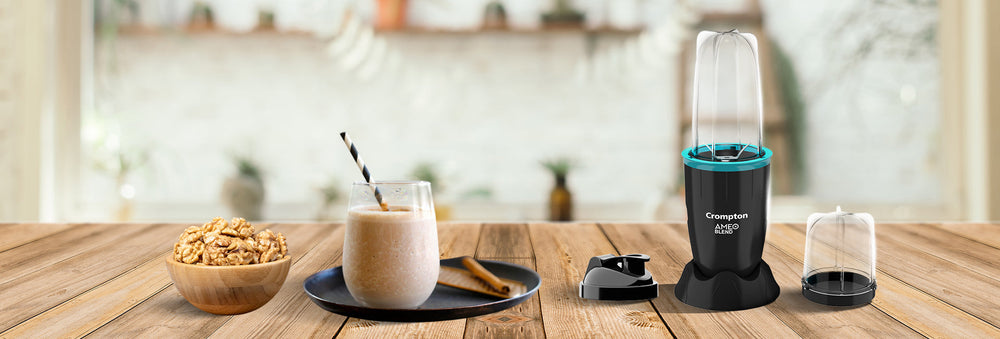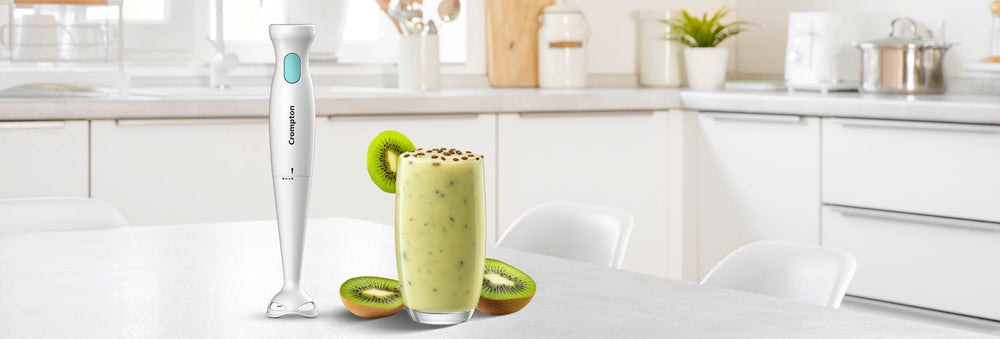How to Repair a Rice Cooker?


A rice cooker is a convenient appliance used frequently, especially when rice is a staple food for a household. However, with regular use, operational faults can arise in a rice cooker. Sometimes, these issues can be fixed if you can find out the reason behind them and save yourself from spending money on replacement. So, let us learn about how to repair a rice cooker.
Understanding the Working Mechanism of a Rice Cooker
A rice cooker works on a combination of thermal and electrical processes. When turned on, the internal thermostat triggers the flow of electric current to the heating element to generate heat. As the water and rice inside the cooker reach boiling point, the temperature remains consistent due to the thermostat's regulation. The moisture in the pot steadily decreases as the rice absorbs the water. At a certain point, the temperature sensor signals the thermostat to switch the cooker to a lower heat setting. This cyclical process ensures that the rice is cooked to perfection by relying on precise temperature control and automatic regulation to achieve optimal results.
Identifying the Parts and Common Issues of the Rice Cooker
Let us learn about the primary parts of the rice cooker and explore potential problems associated with them.
- Power cord: It supplies electricity to the rice cooker. Common issues with the power cord may include fraying, exposed wires, or damage due to wear and tear which could lead to electrical faults or power supply interruptions.
- Cast heater: This component generates the heat necessary for cooking rice. With regular use, mineral deposits or corrosion might accumulate on the cast heater and may hinder its efficiency and cause uneven heating or complete failure.
- Mica heater: Like the cast heater, the mica heater contributes to generating heat for the rice cooker. Issues such as wear, tear, or electrical faults within the mica heater may lead to insufficient heating or complete malfunction.
- Thermal fuse: It acts as a safety mechanism to prevent overheating. A blown thermal fuse often results from prolonged high temperatures or electrical issues. When this happens, the rice cooker overcooks the food or may cease to function altogether.
- Thermostat assembly: It is responsible for regulating the temperature inside the rice cooker. The thermostat assembly can suffer from calibration problems or electrical faults, causing the cooker to undercook or overcook the rice.
- Fluoroplastic pan: The inner pot is usually made of fluoroplastic or similar materials. It is found where the rice is placed for cooking. Issues like scratches, corrosion, or wearing off non-stick coating can affect a rice cooker’s performance.
- Outer lid assembly: It comprises of outer cover, hinges, and locking mechanism. Issues with this part might include hinge breakage, sealing problems, or steam leaks that can affect the cooker's pressure and cooking efficiency.
- Body assembly: The main body houses the electronic components and structural framework. Physical damages, cracks, or electrical issues within the body assembly can lead to operational failures or safety hazards.
- Switch assembly: It is responsible for initiating and controlling the cooking process. The switch assembly can encounter issues such as loose connections, switch failures, or circuit disruptions, resulting in the rice cooker not functioning correctly.
How to Repair a Rice Cooker?
Here is what you can do to find out the faults with your rice cooker and fix them:
Issue 1: Overcooking or undercooking
- Inspect heating elements: Examine the cast and mica heaters for any visible damage, corrosion, or mineral deposits. Clean if necessary and replace if damaged.
- Thermostat calibration: If the rice cooker is not reaching the desired temperature, calibrate or replace the thermostat assembly as needed.
Issue 2: Power supply issues
- Power cord examination: Look for any visible damage, fraying, or exposed wires in the power cord. Replace the cord if necessary.
- Switch assembly check: Inspect the switch assembly for loose connections, visible damage, or signs of wear. If needed, replace the switch.
- Check thermal fuse: Ensure the thermal fuse is intact and functional. Replace it if it's blown.
Issue 3: Steam leakage or lid issues
- Outer lid inspection: Examine the outer lid assembly for any visible damage, such as cracks or misalignments. Address issues with hinges or locking mechanisms as needed.
- Sealing ring check: Inspect the sealing ring for any damage or wear. Replace it if necessary to ensure a proper seal during cooking.
Rice Cooker Maintenance Tips
Here are some essential maintenance tips:
- Regular cleaning: After every use, wipe down the exterior with a damp cloth and clean the inner pot thoroughly to remove any rice residues. Avoid immersing the main body or electrical components in water. \
- Care for parts: Use gentle cleaning agents and soft sponges to clean the inner pot and accessories to prevent scratching the surface.
- Maintain the lid and sealing ring: Wipe the lid assembly after each use to prevent residue buildup. Wash the sealing ring to maintain a proper seal and prevent steam leakage.
- Proper storage: Store the rice cooker in a cool, dry area when not in use. Avoid exposure to extreme temperatures.
- Seek professional help: If you encounter persistent issues or are unsure about a specific maintenance task, contact professionals for servicing or authorised service centres.
Takeaway
By following proper maintenance practices, you can prolong the life of your rice cooker and ensure its consistent performance for perfectly cooked rice. However, if your rice cooker still does not work properly, it is time to get a new one. You can explore the Crompton range of rice cookers if you are looking for durability and efficiency. Crompton rice cookers are designed with features that simplify cooking such as dual cooking modes, robust bodies and cool touch handles.
Crompton rice cookers - the perfect companion for cooking rice with minimal effort. Explore our models today!
FAQs on How to Fix a Rice Cooker
-
Can rice cookers work without a fuse?
No, they cannot. Rice cookers require a thermal fuse as a safety feature to prevent overheating. The thermal fuse interrupts the circuit when the temperature exceeds a safe level, protecting the cooker from potential damage or hazards. Operating a rice cooker without a fuse compromises its safety and may lead to overheating or electrical issues. -
How long does a rice cooker take to heat up?
The heating time of a rice cooker depends on various factors, including the model, capacity, and the amount of rice being cooked. Generally, it takes about 5 to 10 minutes for a rice cooker to heat up and reach the boiling point. Once it reaches this point, the cooker switches to the 'keep warm' setting or lowers the heat for cooking. -
Should I repair my faulty rice cooker?
Common issues like heating element malfunction, thermostat problems, or power cord issues can often be repaired. However, if the issue is complex or poses a safety risk, it might be safer and more cost-effective to replace the rice cooker. -
What should I do if my rice cooker starts overcooking food?
If your rice cooker consistently overcooks food, it is likely due to a malfunctioning thermostat or heating element. Try recalibrating or replacing the thermostat assembly. If the issue persists, consider seeking professional repair or replacing the cooker if it is beyond repair.

 Read Previous Blog
Read Previous Blog



 at 9228880505 or write to us at
at 9228880505 or write to us at 